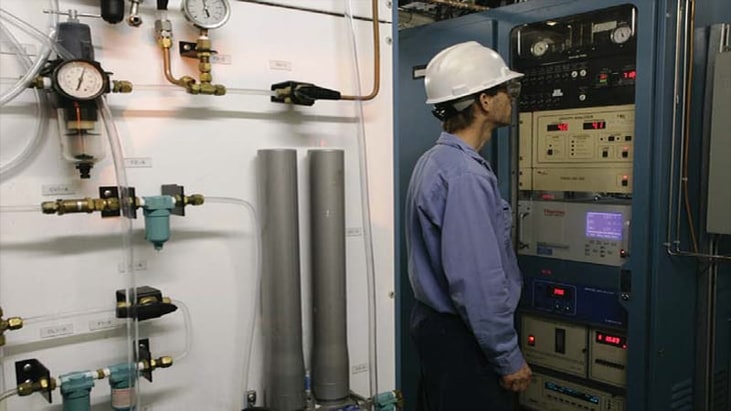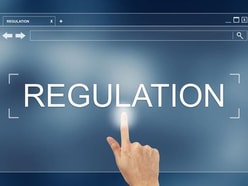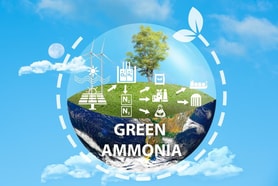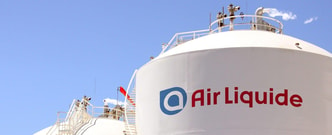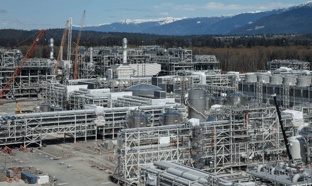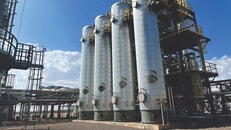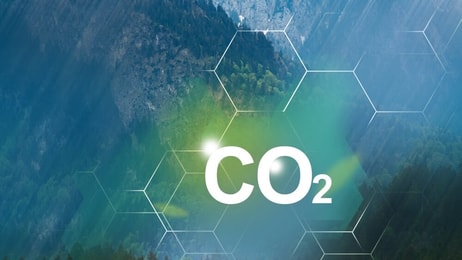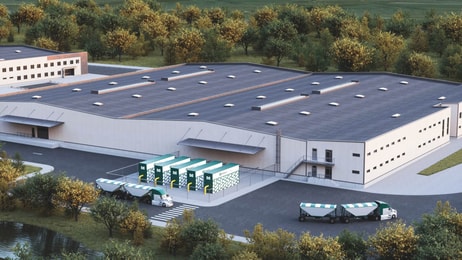Accurate Measurement of Environmental Gases
With the upcoming changes in the CFR 40 Part 75 (Acid Rain), the new Utility Maximum Achievable Control Technology (MACT), and the reporting and potential national trading of greenhouse gases, like carbon dioxide, measuring pollutants with accuracy becomes more important than ever before.
Calibration gases that include parts per million (ppm) volumes of CO, CO2, NOx, and SO2 in N2, or parts per billion (ppb) levels of mercury are vital to the accurate measurement of environmental gases, both in pollution test methods and in continuous emissions monitors (CEMs).
MEASURING FOR REPORTING
As of January 1, 2010, new EPA regulations require the reporting of CO2. Millions of tons of CO2 are vented from waste stacks along with other potential pollutants. Where there is no CEM, emissions are calculated by predictive emissions monitoring, that is, taking the amount of fuel burned and estimating the amount of pollutants that result. Very small differences in the accuracy of measuring volumes can mean significant changes in the tons of CO2 measured and this discrepancy affects the bottom line for facilities that are trading emissions or trying to comply with their state Title V permits. Where CEMs are used, as dictated by the acid rain regulations for power plants under the Clean Air Act, the accuracy of the EPA calibration (protocol) gases is extremely important. Protocol gases keep the CEMs in calibration and provide the basis for an accurate measure of value. Think of calibration gases as being the one-pound weight used on a butcher scale to calibrate it for the correct weight. Calibrating gases do the same thing for the calibration of pollution concentrations.
Accurate reporting is already important in areas like New England where utilities currently trade emissions credits under the Regional Greenhouse Gas Initiative (RGGI). (For an explanation of RGGI see “Carbon Copying? Regional Success of Cap-and- Trade System May Model National Effort,” CGI, May 2009, p. 37.) While $3/ton does not seem like a large dollar amount, translating that value through a 0.1 percent variance over several million tons of CO2 trading volumes is significant, and the costs are in the millions of dollars.
... to continue reading you must be subscribed

